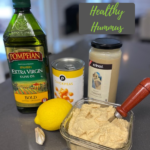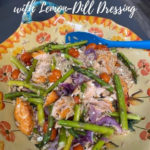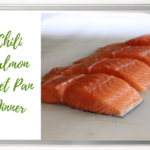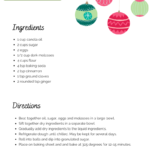 Are low-calorie and no-calorie sweeteners safe?
Are low-calorie and no-calorie sweeteners safe?
I can confidently say yes they are!
To be sure I was still current with the latest science, I recently attended a webinar on sweeteners by James O. Hill, PhD, from Director of the Anschutz Health and Wellness Center, University of Colorado, and Berna Magnuson, PhD, an expert in ingredient safety and regulatory issues in the area of dietary supplements and food who is a professor from University of Toronto. It feels good to be sure I am giving accurate information. It sure can be confusing listening to the media.
Sweeteners have been studied extensively worldwide.
For use in foods and beverages in the United states, sweeteners must be approved by the FDA, The Food and Drug Administration. The toxicology studies are comprehensive and include long term lifetime exposure and look at safety which is defined as the absence of risk of harm. From the studies, the Acceptable Daily Intake (ADI) is determined. The World Health Organization defines the ADI as “the amount that can be ingested daily over a lifetime without appreciable health risk”. In other words, it is the safe amount to consume everyday for the rest of your life. The level has been reduced by a safety factor of 100. For instance, if 4000 mg/kg body weight of a sweetener is found to not cause any adverse effects, that number is divided by 100, and the ADI will be 400mg/kg body weight. This provides a further safety net. The ADI applies to the entire population–pregnant women, children and adults. The ADI is adjusted based on body weight.
Here are the Acceptable daily Intakes for some common sweeteners
| Sweetener | ADI mg/kg body weight/day | Number of packets for a 150 pound person per day |
| Aspartame (Equal, Nutrasweet) | 0-50 | 97 |
| Saccharin (Sweet and Low, Sugar Twin) | 0-5 | 8.6 |
| Steviol glycosides (Truvia, PureVia, and others) | 0-12 | 30 |
| Sucrolose (Splenda) | 0-15 | 68.2 |
Because sweeteners are 200 times (or more) sweeter than sugar, not much sweetener is needed which is how they can provide a calorie reduction in foods.
When looking at how much we consume, the Estimated Daily Intake, it is clear that we are no where near exceeding our limits for safety. We are consuming 6% of the ADI for aspartame, 12% for saccharin, and 32% for sucrolose.
It can be confusing to know what to believe about food and nutrition these days. After all, nutrition is a science and science evolves. I look to experts in the field for interpretation. There are inappropriate press releases and poorly designed or interpreted studies that get reported in the media. Despite what it seems, there is no research that shows that the sweeteners cause any problems. I am comfortable using sweeteners and recommending them to others. I like the idea of saving calories while taking care of my sweet tooth. But I will definitely keep my use of sweeteners in check. I know we like what we’re used to and I don’t think it makes sense to get used to everything needing to taste sweet.
Source: Helping Your Clients Make Sense of the Latest Science on Low‐ and No‐ Calorie Sweeteners, Diabetes Care and Education DPG webinar on February 3, 2015






Leave a Reply